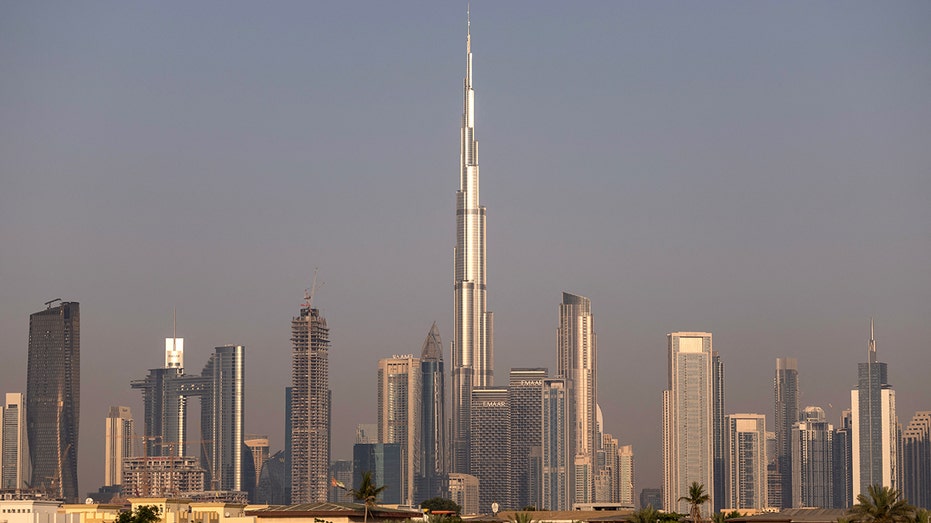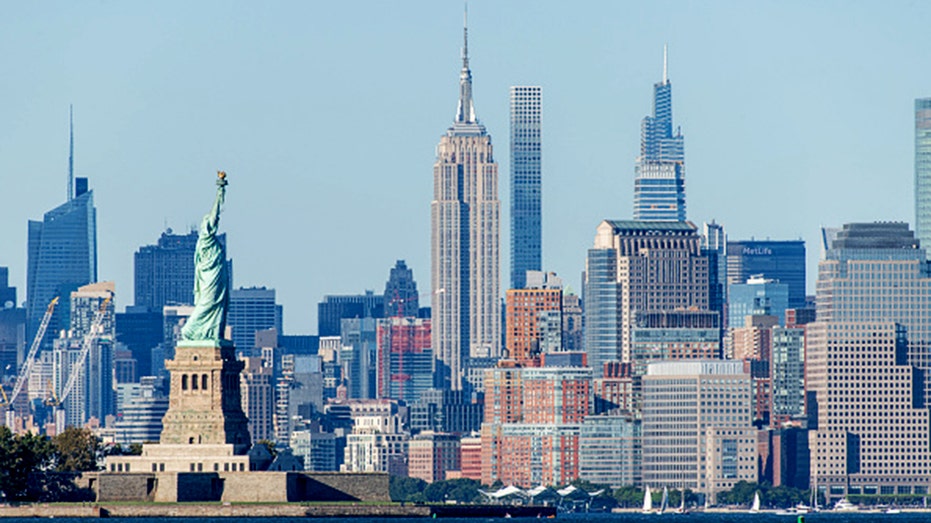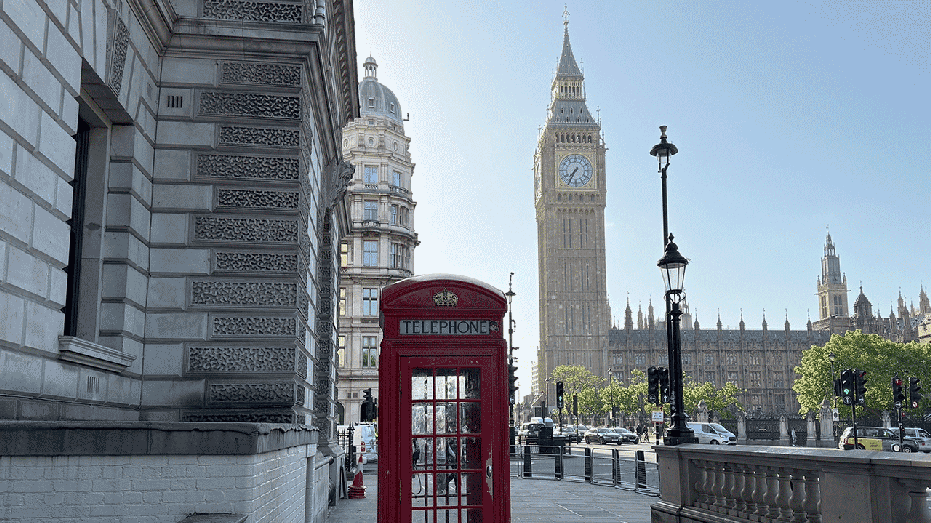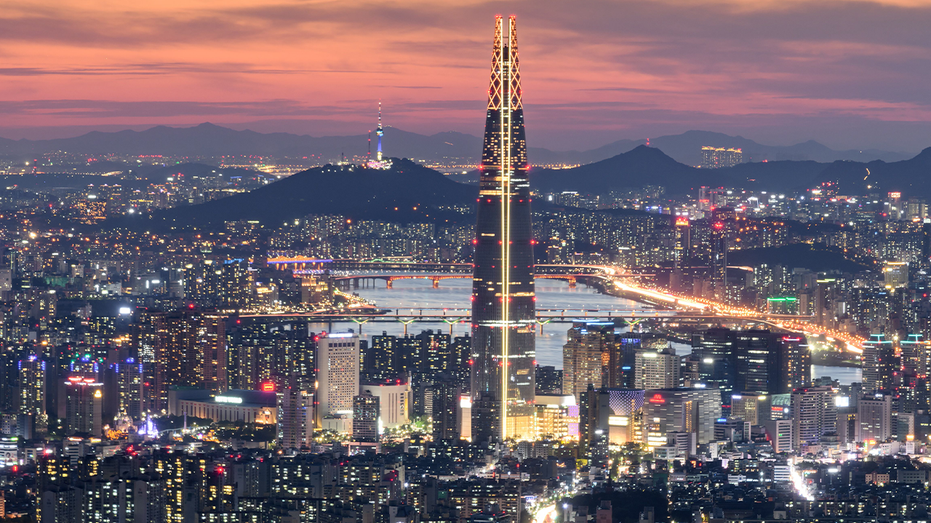Despite Warnings, Biden’s Energy Department Disbursed $42 Billion In Its Final Hours
In its last two working days, the Biden administration’s Energy Department signed off on nearly $42 billion for green energy projects – a sum that exceeded the total amount its Loan Programs Office (LPO) had put out in the past decade.
The frenzied activity on Jan. 16 and 17, 2025, capped a spending binge that saw the LPO approve at least $93 billion in current and future disbursements after Vice President Kamala Harris lost the 2024 election in November, according to documents provided by the department to RealClearInvestigations. It appears that Biden officials were rushing to deploy billions in approved funding in anticipation that the incoming Trump administration would seek to redirect uncommitted money away from clean energy projects.
In just a few months, some of the deals have already become dicey, leading to fears that the Biden administration has created multiple Solyndras, the green energy company that went bankrupt after the Obama administration gave it $570 million. These deals include:
- Sunnova, a rooftop solar outfit that thus far had $382 million of its $3.3 billion loan guaranteed, filed for bankruptcy this month. The company did not respond to a request for comment.
- Li-Cycle, a battery recycling facility, had a $445 million loan approved in November, but since then, the company was put up for sale and has filed for bankruptcy. The Energy Department said no money has been disbursed on that deal. Li-Cycle did not respond to a request for comment.
- A $705 million loan was approved on Jan. 17 for Zum Energy, an electric school bus company in California, and its “Project Marigold.” At $350,000 and more, electric school buses currently cost more than twice as much as their diesel counterparts. So far, Zum has received $21.7 million from the government, according to usaspending.gov. The company did not respond to a request for comment.
- A $9.63 billion Blue Oval SK loan on Jan. 16 was the second largest post-election deal, topped only by a $15 billion loan the next day to Pacific Gas & Electric, with most of that for renewables. The Blue Oval project in Kentucky – a joint venture between Ford Motor Co. and a South Korean entity – has been dealing with numerous workplace complaints, and construction of a second EV battery manufacturing plant there has been delayed. More than $7 billion has been obligated on that deal, according to the Energy Department. Blue Oval did not respond to a request for comment.
The money and the hasty way in which it was earmarked have drawn the attention of the Trump administration. “It is extremely concerning how many dozens of billions of dollars were rushed out the door without proper due diligence in the final days of the Biden administration,” Energy Secretary Chris Wright said in a statement to RCI. “DOE is undertaking a thorough review of financial assistance that identifies waste of taxpayer dollars.”
The enormous sums came from the 2022 Inflation Reduction Act, which injected $400 billion into the LPO, a previously sleepy Energy Department branch originally intended to spur nuclear energy projects. That total represented more than 10 times the amount the LPO had ever committed in any fiscal year of its existence. Prior to the post-election blowout, the office’s biggest fiscal year was 2024, when it committed $34.8 billion, records show.
Even with the rush to push billions out the door in its last months, close to $300 billion of the Inflation Reduction Act money remains uncommitted by the LPO. Trump administration officials have already nixed some smaller deals. Secretary Wright recently urged Congress to keep the money in place as the LPO now aims to use it to further the Trump administration’s energy policy, particularly with nuclear projects.
That unprecedented gusher of cash from the LPO echoes the efforts of the Biden administration’s Environmental Protection Agency to push $20 billion out the door before it left office. As RCI has previously reported, the EPA – which had never been a consequential grant-making operation – was tasked with awarding $27 billion in Inflation Reduction Act funding through the Greenhouse Gas Reduction Fund and Solar For All programs. It did so in less than six months in 2024, including an unorthodox arrangement in which Biden officials parked some $20 billion outside the Treasury’s control. That money was earmarked for a handful of nonprofits, some of which had skimpy assets and were linked with politically connected directors.
The LPO’s post-election bonanza was put together in even less time. The Energy Department deals, however, involve mostly for-profit enterprises, which raises questions about whether the Biden administration was propping up companies that would not have survived in the private marketplace. Should any of the companies hit it big in the future, shareholders could get rich, while taxpayers will receive only the interest on the loan.
“The loan office should not be in the virtual venture business,” said Mark Mills, executive director of the National Center on Energy Analytics. “But in a few cases, it could make sense to serve as a catalyst or backstop for viable and important projects from a national security or policy perspective.”
RCI spoke with several Trump administration officials who declined to comment on the record, given the extensive ongoing review of both the LPO’s post-election arrangements and other Energy Department projects linked to Biden’s climate agenda.
“They wanted to get the billions to companies that probably wouldn’t exist unless they could get money from the government,” one current official said. “The business plans, such as they were, were ‘how do we secure capital from the government?’”
During Biden’s tenure, the office was run by Jigar Shah, who on June 17 was named to the board of directors of the nonprofit Center for Sustainable Energy. Bloomberg News reported last month that Shah “helped select roughly 400 companies with development plans to receive grants and loans upwards of $100 million each.” In response to the Trump administration’s pushback on green subsidies, Bloomberg reported that Shah is working to help some of the companies he bankrolled shift operations to Europe.
The Center relies chiefly on government contracts instead of donations, and it saw that revenue jump from $274.1 million in 2023 to more than $500 million in 2024, according to tax records. The center did not respond to a request to speak with Shah.
Thus far, no entity has received the entire amount of the deals the Biden administration struck since last November, according to the Energy Department and usaspending.gov. In a handful of cases, companies have come to the current administration and opted out of the deals.
Still, millions of taxpayer dollars have already been distributed, in some instances, to deals the department listed as “conditional commitments.” Wright has said there are “reasons to be worried and suspicious” about the post-election binge, and vowed some of the deals will be scrubbed.
In 2023, the Biden administration made subtle changes to the LPO’s regulations, cutting strings and stipulations that traditionally attach to loans. Consequently, the office cut deals after the election on terms more favorable to the recipient than the taxpayer, and in several cases, making a “conditional commitment” the same as a loan, according to Trump officials. The changes also moved money that a later administration could have cut into “obligated” silos, making the deals harder to cancel, according to the current Energy Department.
“Essentially, they had the Loan Program Office operating like a graveyard energy venture capital fund,” one Trump official told RCI. “This was all tied to the religious fervor for any green energy project in the prior administration, and the goal was not to get the government repaid but to advance the ‘green new deal.’”
The $93 billion under review represents a separate “green bank” from smaller Biden administration deals that the Energy Department has already canceled. Last month, the Government Accounting Office said the department was not on track to “issue loans and guarantees before billions of dollars of new funding expires.”
As part of the review, Wright issued policy guidelines in May that he said offer more protection to taxpayers. The department may now require significantly more information from loan recipients and applicants, such as “a project’s financial health, a project’s technological and engineering viability, market conditions, compliance with award terms and conditions and compliance with legal requirements, including those related to national security.”
The department declined to provide the terms of specific deals, again citing the ongoing review. Trump administration officials claim the business plans for many of these deals were threadbare, that term sheets were essentially tossed out, and the entire process could be described, in the words of a Biden EPA official in December, as “throwing gold bars” off the Titanic “as an insurance policy against Trump winning.”
“It’s as if you went away and the kids threw a rager in the house,” one official told RCI. “You may need some new furniture and the like, but it’s still a really nice home. The Office can be a critical resource for the manufacturing base of this country, and our goal is not to end the LPO but to improve it.”
The Trump administration could face some of the same financial issues if it rejiggers the LPO along lines that support its energy policy goals, particularly within the nuclear industry. Projects there have been marred by unprofitable plants and massive cost overruns and delays in construction, making federal loans to the section inherently risky.
Prominent voices – and investors – like Bill Gates have also encouraged the government to back new sources of energy and minerals. Geothermal projects are one such field, and there appears to be bipartisan support in Washington for capital that will shore up U.S. energy independence. On Jan. 15, the Biden administration approved a $1.2 billion “conditional commitment” with a subsidiary of EnergySource Minerals LLC (ESM), which hopes to extract lithium from geothermal brine.
A deal with ioneer Ltd. appears to match some of the professed goals of the Trump administration, but it has also been plagued by financial setbacks since Biden’s LPO approved it in its final days. The company’s deal grew from an original $700 million “conditional commitment” in 2023, to the $996 million approved on Jan. 17, 2025.”
The Rhyolite Ridge project is a mining and manufacturing center in Nevada to produce lithium and boron. Those elements have implications for defense and national security in addition to energy, according to ioneer Vice President Chad Yeftich.
“Ioneer believes government policy should encourage projects if we want critical minerals developed domestically,” Yeftich said. “Time is the key risk for development as China continues to provide financial support to its critical minerals industry and dump critical minerals into the market thereby depressing the price.”
Yeftich noted Rhyolite Ridge has secured $200 million in private capital, but in February, its chief private equity partner broke ties with the project. Finance professionals familiar with big deals told RCI that such a rupture so close in timing to the loan would likely deep-six the arrangement, but Trump officials said Biden’s LPO stripped such boilerplate language from many of the post-election deals.
Secretary Wright told RCI that these maneuvers suggested the previous administration was more interested in disbursing funds than protecting taxpayers. “Any reputable business would have a process in place for evaluating spending and investments before money goes out the door, and the American people deserve no less from their federal government.”





































 J
J



